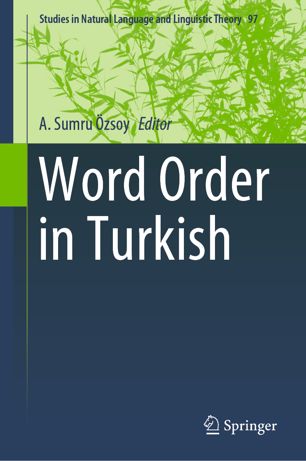

Most ebook files are in PDF format, so you can easily read them using various software such as Foxit Reader or directly on the Google Chrome browser.
Some ebook files are released by publishers in other formats such as .awz, .mobi, .epub, .fb2, etc. You may need to install specific software to read these formats on mobile/PC, such as Calibre.
Please read the tutorial at this link: https://ebookbell.com/faq
We offer FREE conversion to the popular formats you request; however, this may take some time. Therefore, right after payment, please email us, and we will try to provide the service as quickly as possible.
For some exceptional file formats or broken links (if any), please refrain from opening any disputes. Instead, email us first, and we will try to assist within a maximum of 6 hours.
EbookBell Team

4.3
38 reviewsThis volume is a collection of studies on various aspects of word order variation in Turkish. As a head-final, left-branching ‘free’ word order language, Turkish raises a number of significant theory-internal as well as language-particular questions regarding linearization in language. Each of the contributions in the present volume offers a fresh insight into a number of these questions, thus, while expanding our knowledge of the language-particular properties of the word order phenomena, also contribute individually to the theory of linearization in general. Turkish is a configurational language. It licenses constructions in which constituents can occur in non-canonical presubject as well as postverbal positions. Presented within the assumptions of the generative tradition, the discussion and analyses of the various aspects of the linearization facts of the language offer a novel treatment of the issues therein. The authors approach the word order phenomena from a variety of perspectives, ranging from purely syntactic treatments, to accounts as syntax-PF interface or syntax-discourse interface phenomena or as output of base generation.